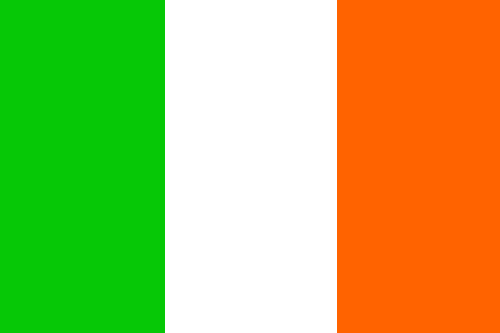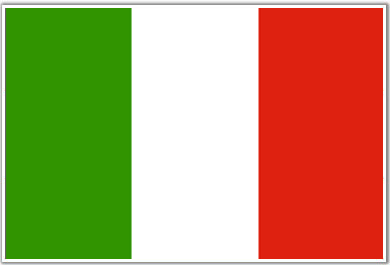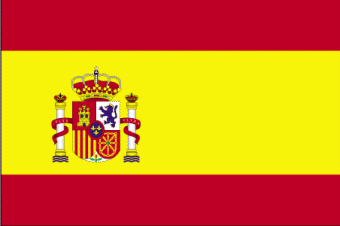Poland became a nation over 1000 years ago. Slavic tribes (including the Polanie, from which the country would borrow its name) began settling the area between the 5th and 8th centuries. When the Duke Mieszko I converted to Christianity, Poland entered a period of conquest, eventually bringing Silesia and Little Poland into what would become the Polish state. Poland saw a revival of the arts and sciences during the16th century Renaissance, experiencing a true golden age. By this time, a majority group composed of Poles and Lithuanians had been joined by a growing Jewish population.
Polish unification under a government seat at Warsaw, the newly established capital, would suffer as Russia, Prussia and Austria partitioned Poland and distributed it among themselves in the 18th century. Poland would not regain its independence until 1918, only to be further weakened by the death of one million Poles in World War I and a second partition between Germany and the Soviet Union in World War II. During this last conflict, almost the entire Jewish population of Poland died in concentration camps.











